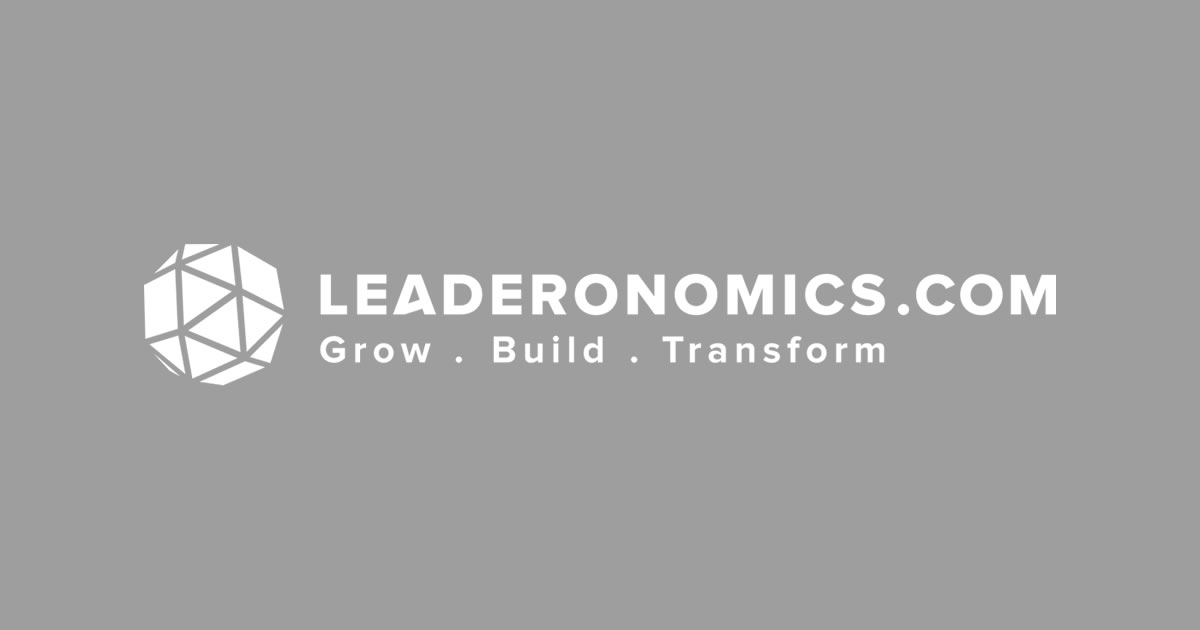People-Centric

You don’t even have to read very closely to know that the running theme within today’s pullout would be the importance of putting people first in order to create a sustainable and successful company.
Very simply summed up by BerylHealth, a healthcare call centre in Dallas, their equation, which they call “The Circle of Growth”, is simple: valuing your people will drive employee loyalty, which will lead to customer loyalty, which eventually will bring about a profitable business.
So, how should our leaders act in order to turn our organisation into a more sustainable, people-centric business? Here are a few methods:
Be a mentor
An important step that can even be practised by those who are not necessarily in leadership positions, mentorship can be extremely beneficial to both parties – mentors get satisfaction from imparting their knowledge, and mentees are able to learn from the experienced.
Provide benefits
As we get to read much of throughout this pullout, there are many companies out there that are eager to ensure their employees are comfortable in their workplace.
One of the many methods is through benefits, with popular ones such as flexible work hours, job rotations, and even providing holiday packages as rewards.
Set company values
Though more a task of the company rather than its leaders, both play a significant role. Companies who make the time and effort to set in place values that they truly believe in can attract employees who are looking for something more than a financial satisfaction. Leaders should be encouraged to actively reflect and practise these values, as action speaks louder than words.
Build trust
As leaders and team members gain mutual respect in working together, trust is then built. Furthermore, leaders are able to entrust more tasks to their team members once trust is built, thus empowering them.
Strong trust in business relationships automatically expels negative presumptions, which boosts productivity and efficiency within a team.
As companies, we should do our best to accommodate to the needs of our employees – though of course, while striking a balance between not kowtowing to their every want – to achieve highly satisfied customers and a profitable business as a result.
For more articles by Sarah Tan, visit www.leaderonomics.com
Personal






